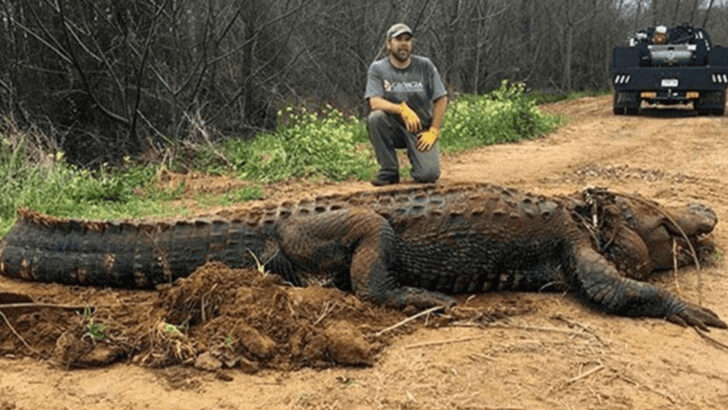It was longer than a pickup truck.
Heavier than a grand piano.
And lurking in the swamps like a dinosaur that never got the memo.
The most massive alligator ever discovered in the U.S. wasn’t just big—it was absurdly big.
We’re talking about a beast that makes ordinary gators look like oversized lizards.
Found deep in the heart of the American South, this reptilian heavyweight left jaws dropping and measuring tapes maxed out.
You’ll want to know how it was caught, how much it weighed, and what it took to bring this swamp legend to shore.
So buckle up.
These 13 facts will take you straight into the murky waters where giants still roam.
A Record-Breaking Discovery

Imagine stumbling upon a creature so large that it sets records. This incredible alligator was discovered in the southern swamps, measuring an astonishing length that left experts in awe. The sheer magnitude of this reptile has made it a topic of fascination and study, propelling it to the forefront of herpetological interest.
With scales that shimmer in the dappled sunlight, this gator has become a symbol of the untamed beauty and mystery of the natural world. The alligator’s discovery has not only captivated scientists but also sparked the public’s imagination about what lies hidden in the depths of our wilderness.
The Giant’s Home
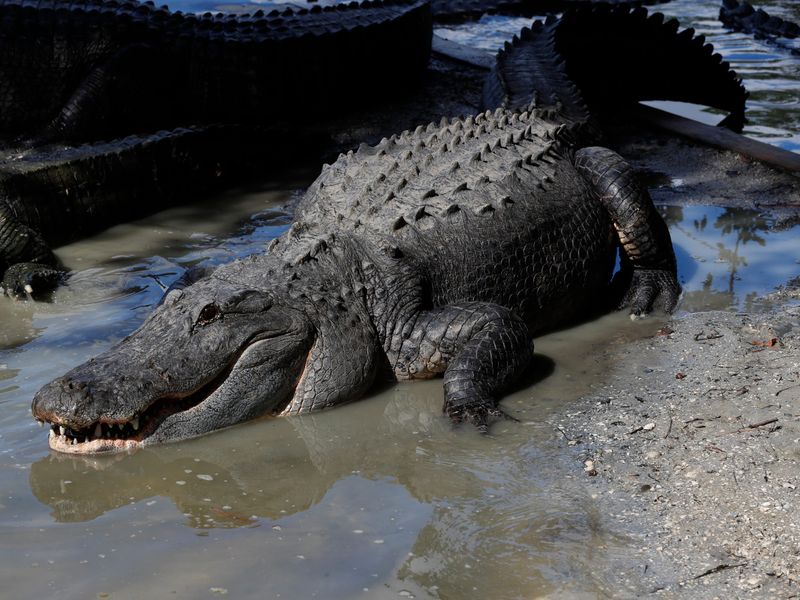
This massive alligator called the southern swamps its home, thriving in an environment teeming with life and rich with biodiversity. The swamps provide a perfect habitat for such a gigantic creature, offering abundant food sources and hiding places.
These wetlands are a sanctuary for countless species, from the tiniest insects to other formidable predators. The alligator’s presence adds to the delicate balance of this ecosystem, playing a crucial role in maintaining the health and diversity of the swamp. Its home is not just a habitat but a thriving community where every creature has a part to play.
Diet of a Giant
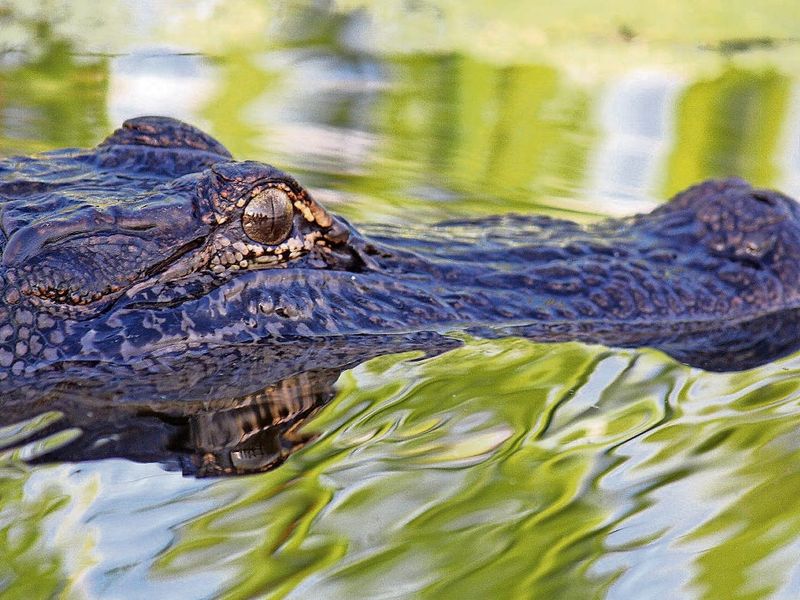
What does a massive alligator eat? With a diet as diverse as the swamp itself, this giant consumes a variety of prey, including fish, birds, and small mammals. Its hunting techniques are as impressive as its size, allowing it to capture meals with stealth and precision.
The alligator’s powerful jaws and keen senses make it a top predator in its environment. Its dietary habits not only sustain its large physique but also help regulate the populations of prey species, maintaining the ecological balance. This gator’s diet is a testament to its adaptability and mastery of its swampy domain.
The Alligator’s Age
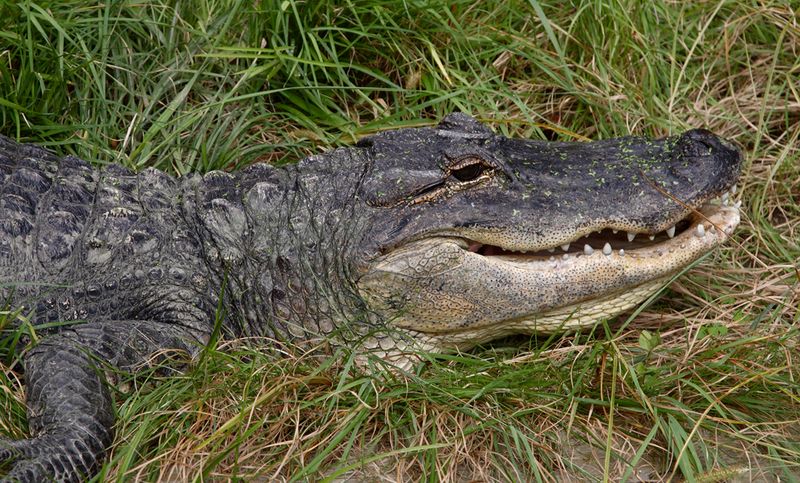
Age is more than just a number for this awe-inspiring alligator. Experts estimate that it lived for decades, amassing size and wisdom over the years. Each year spent in the wild added to its legend, marking it as a survivor and a ruler of its domain.
The signs of its age are etched in its tough skin and glinting eyes, bearing witness to the countless seasons it has seen. This alligator’s longevity is a testament to its resilience and the life it led in the challenging yet nurturing environment of the swamp.
A Gator’s Tale of Survival
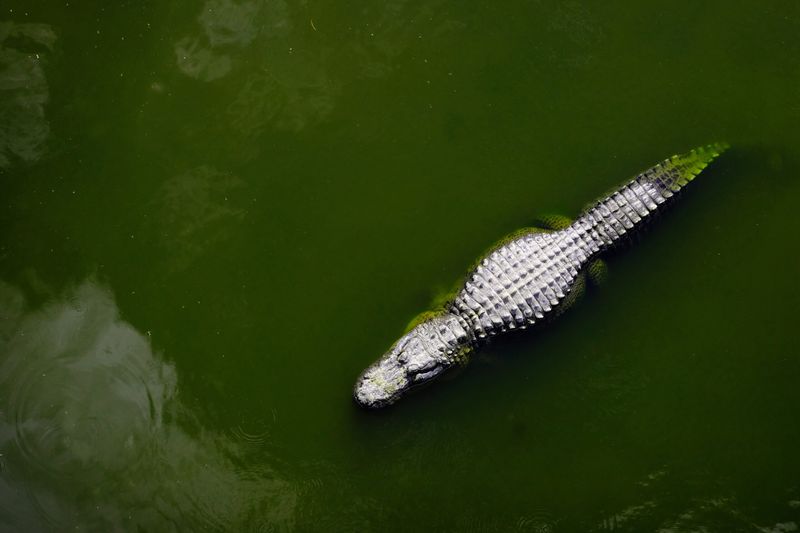
Survival in the swamp is no easy feat, yet this colossal alligator thrived against the odds. Its journey from a vulnerable hatchling to a formidable giant is a story of strength and perseverance.
Facing natural predators and environmental challenges, its survival is nothing short of miraculous. The alligator’s ability to adapt and overcome has made it an iconic symbol of resilience in the animal kingdom, inspiring awe and admiration in all who learn its tale.
The Science Behind the Size
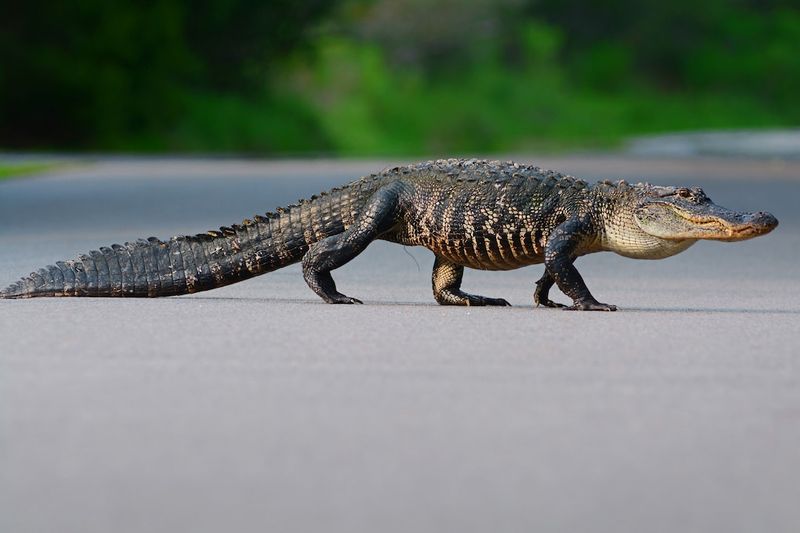
Curious about what makes this alligator so massive? Scientists delve into the biology behind its size, exploring its genetic makeup and environmental factors. The combination of rich habitat, plentiful food, and genetic predisposition all contribute to its extraordinary dimensions.
The alligator’s robust build and impressive growth are subjects of scientific interest. Researchers aim to understand how such giants can exist and what their presence means for the ecosystem. Unraveling the science behind its size provides insights into the mysteries of nature and the potential for future discoveries.
The Role in the Ecosystem

A giant alligator is more than just a predator; it’s a vital part of the swamp ecosystem. By controlling prey populations and creating habitats through its movements, this gator ensures the balance and health of its environment.
The presence of such a large predator influences the behavior and distribution of other species. Its role extends beyond hunting, as it shapes the very landscape it inhabits. The alligator’s ecological contributions highlight the interconnectedness of life in the swamp, where everything depends on everything else.
Human Encounters
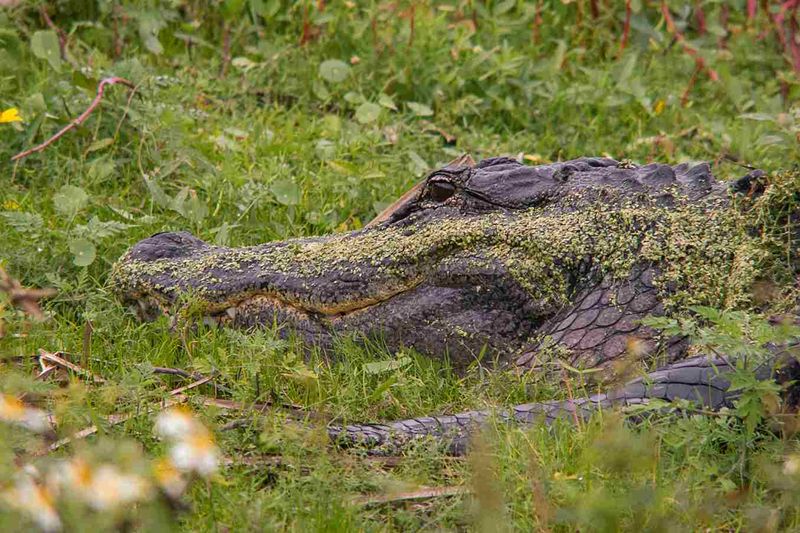
Encounters between humans and this gigantic alligator are rare but unforgettable. Whether glimpsed from a boat or a safe viewpoint on land, seeing such a creature in person is an awe-inspiring experience.
These encounters often lead to a greater appreciation for the wild and the majestic beings that inhabit it. People who have seen the alligator speak of its grandeur and the profound connection they feel to nature. These interactions remind us of the importance of coexistence and respect for the creatures that share our world.
A Legacy in Education
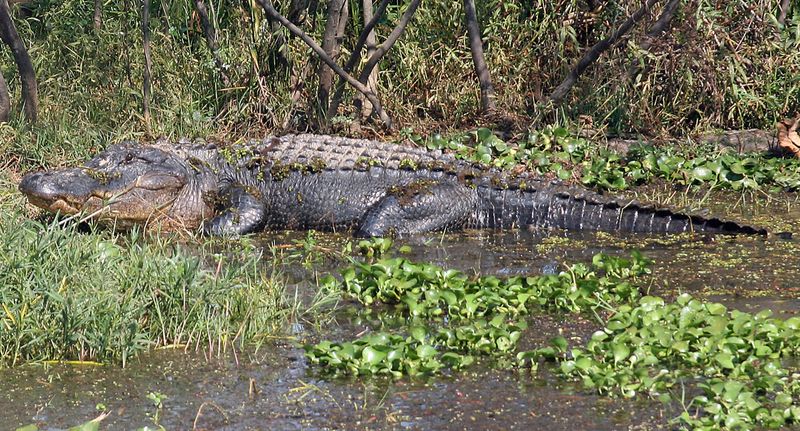
The story of this massive alligator extends beyond the swamp, reaching classrooms and educational programs. Its existence serves as a powerful tool for teaching about biodiversity, conservation, and the importance of protecting natural habitats.
Educational exhibits featuring the alligator inspire curiosity and a sense of wonder in learners of all ages. By studying this creature, people gain insights into the complex web of life and the need to preserve it for future generations. The alligator’s legacy in education is a testament to its enduring impact on society.
Conservation Efforts

Conserving the habitats of these magnificent creatures is paramount. The story of this alligator highlights the need for dedicated conservation efforts, focusing on preserving the delicate ecosystems where alligators and other wildlife thrive.
Through habitat protection, research, and public awareness, conservationists work tirelessly to ensure the survival of these incredible reptiles. Their efforts not only safeguard alligators but also protect the myriad species that depend on healthy wetlands. The ongoing work in conservation underscores the importance of fostering harmony between humans and nature.
Myth and Legend

Legends and myths often surround creatures of extraordinary size, and this alligator is no exception. Stories of its encounters and exploits have woven their way into local folklore, adding a mystical element to its already intriguing existence.
These tales capture the imagination and preserve the cultural heritage of the regions where the alligator roams. Whether as creatures of fear or wonder, the legends surrounding this gator enrich the human connection to nature, blending fact and fiction in a captivating dance.
The Impact on Local Culture
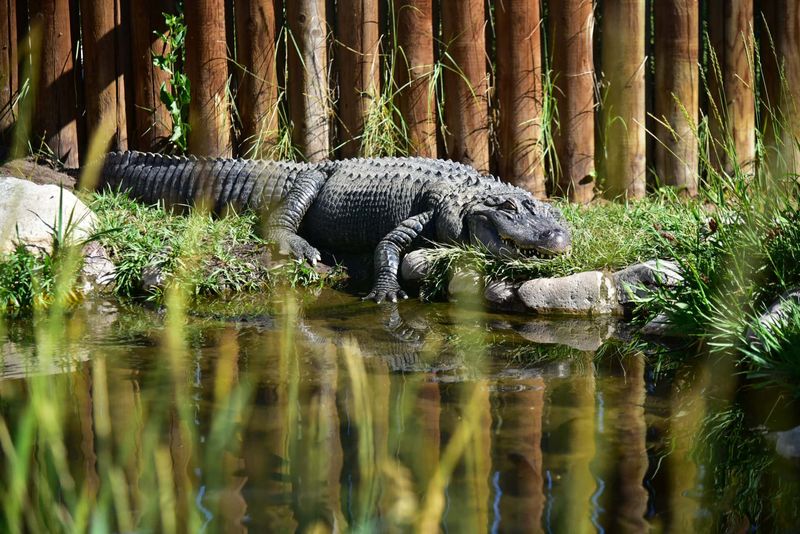
The presence of this massive alligator has left a mark on the local culture, influencing everything from art to annual festivals. Communities near its habitat celebrate the alligator as a symbol of natural beauty and strength.
Festivals featuring traditional crafts, music, and food pay homage to the alligator, fostering community spirit and pride in their unique natural heritage. This cultural impact highlights the deep connection people have with their environment and the creatures that inhabit it, turning the alligator into a beloved local icon.
Future Discoveries Await
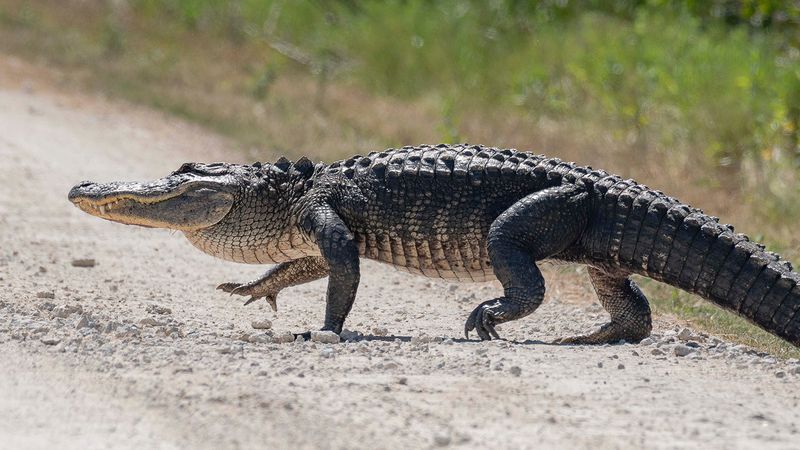
The story of this unbelievable alligator is far from over. As researchers continue to study alligators and their environments, new discoveries await. The potential for learning more about these fascinating reptiles is boundless.
Advancements in technology and science promise to unlock even more secrets about alligator biology, behavior, and conservation. The journey of discovery enriches our understanding of the natural world and inspires future generations to explore and protect it. The legacy of this alligator continues, inviting curiosity and wonder as we look to the future.

